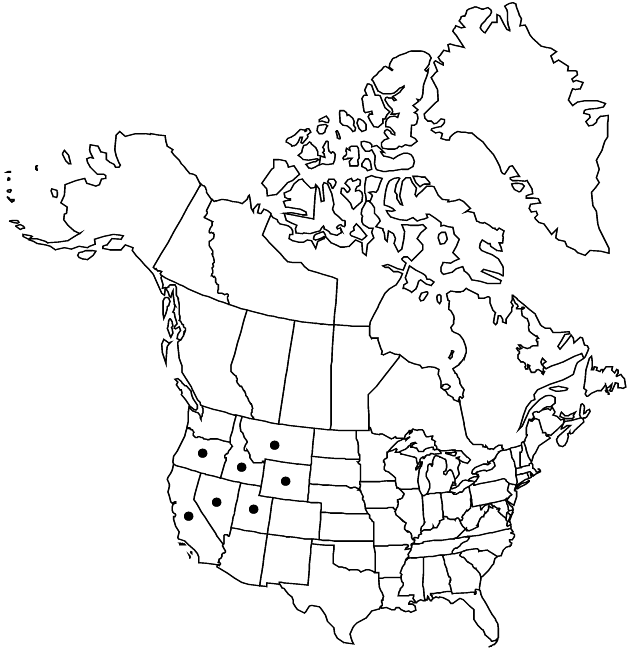Difference between revisions of "Ionactis alpina"
Pittonia 3: 245. 1897.
Common names: Lava ankle-aster
Basionym: Chrysopsis alpina Nuttall
Synonyms: Aster scopulorum A. Gray
FNA>Volume Importer |
FNA>Volume Importer |
||
| Line 53: | Line 53: | ||
|publication year=1897 | |publication year=1897 | ||
|special status= | |special status= | ||
| − | |source xml=https://jpend@bitbucket.org/aafc-mbb/fna-data-curation.git/src/ | + | |source xml=https://jpend@bitbucket.org/aafc-mbb/fna-data-curation.git/src/8f726806613d60c220dc4493de13607dd3150896/coarse_grained_fna_xml/V19-20-21/V20_159.xml |
|tribe=Asteraceae tribe Astereae | |tribe=Asteraceae tribe Astereae | ||
|genus=Ionactis | |genus=Ionactis | ||
Revision as of 16:21, 18 September 2019
Plants 5–12(–20) cm (sometimes weakly cespitose, caudices multicipital or with relatively short branches; rhizomes fibrous-rooted, thickened, becoming woody). Stems proximally herbaceous or slightly woody, eglandular. Leaves: proximal separated by evident internodes, spatulate, reduced in size distally; mid and distal ovate to oblong or linear, 4–15 mm, margins narrowly whitish hyaline, faces densely scabrous-hispidulous. Heads borne singly. Involucres 7–10 mm. Disc florets bisexual, fertile; corollas 5.5–7.5 mm. Cypselae 5–6 mm, faces eglandular. 2n = 18, 36.
Phenology: Flowering May–Jul.
Habitat: Dry ridges, slopes, and flats, commonly with sagebrush
Elevation: 1300–2000(–3300) m
Distribution

Calif., Idaho, Mont., Nev., Oreg., Utah, Wyo.
Discussion
Selected References
None.
Lower Taxa
None.
